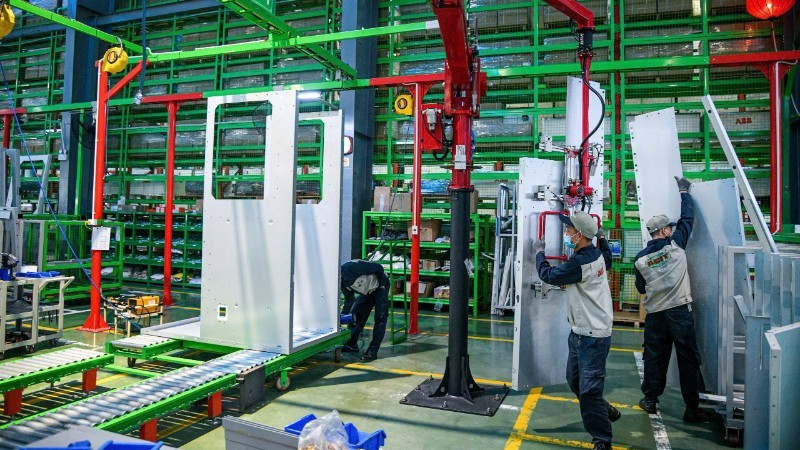Foreign direct investment in Viet Nam continues robust growth
Viet Nam recorded total foreign direct investment (FDI) capital of 24.09 billion USD in the first seven months of 2025, marking a 27.3% increase compared to the same period last year.

The amount includes newly registered capital, adjusted capital, and capital contributions and share purchases by foreign investors.
According to a report from the General Statistics Office, 2,254 newly licensed projects accounted for 10.03 billion USD in registered capital, up 15.2% in project numbers but down 11.1% in registered value year-on-year. The manufacturing and processing sector attracted the largest share of new FDI, followed by real estate activities, which accounted for 23.5%.
Among the 74 countries and territories with newly licensed investment projects in Viet Nam over the first seven months of 2025, Singapore led the way, contributing 28.3% of total newly registered capital. China ranked second, followed by Sweden, Japan, and Taiwan (China).
European investors have also continued to inject capital into Viet Nam. According to Nguyen Hai Minh, Vice Chairman of the European Chamber of Commerce in Viet Nam (EuroCham), the country remains an attractive destination for foreign investors, especially from Europe. Factors such as geographical location, infrastructure, incentive policies, and political stability continue to position Viet Nam as a compelling investment hub for European businesses.
During the seven-month period, 920 previously licensed projects registered additional investment of 9.99 billion USD, a 95.3% increase compared to the same period in 2024.
There were 1,982 instances of capital contributions and share purchases by foreign investors, totalling 4.07 billion USD, up 61% year-on-year.
Notably, disbursed FDI during the first seven months of 2025 is estimated at 13.6 billion USD, up 8.4% from the same period last year. This marks the highest level of realised FDI for a seven-month period over the past five years.
Of this, the manufacturing and processing sector accounted for 11.1 billion USD (81.6%); real estate activities contributed 1.09 billion USD (8.0%); and the electricity, gas, steam, and air conditioning supply sector made up 505.2 million USD (3.7%).








